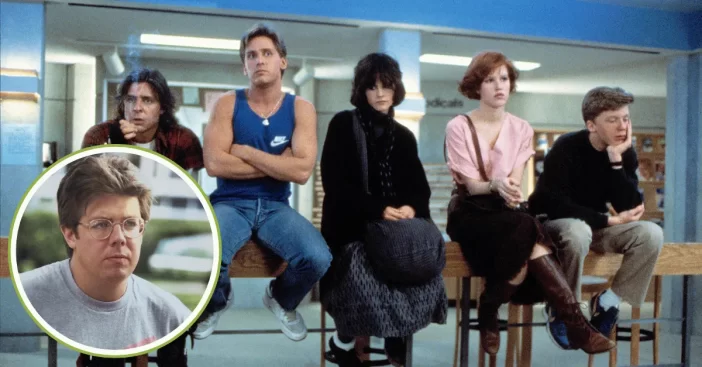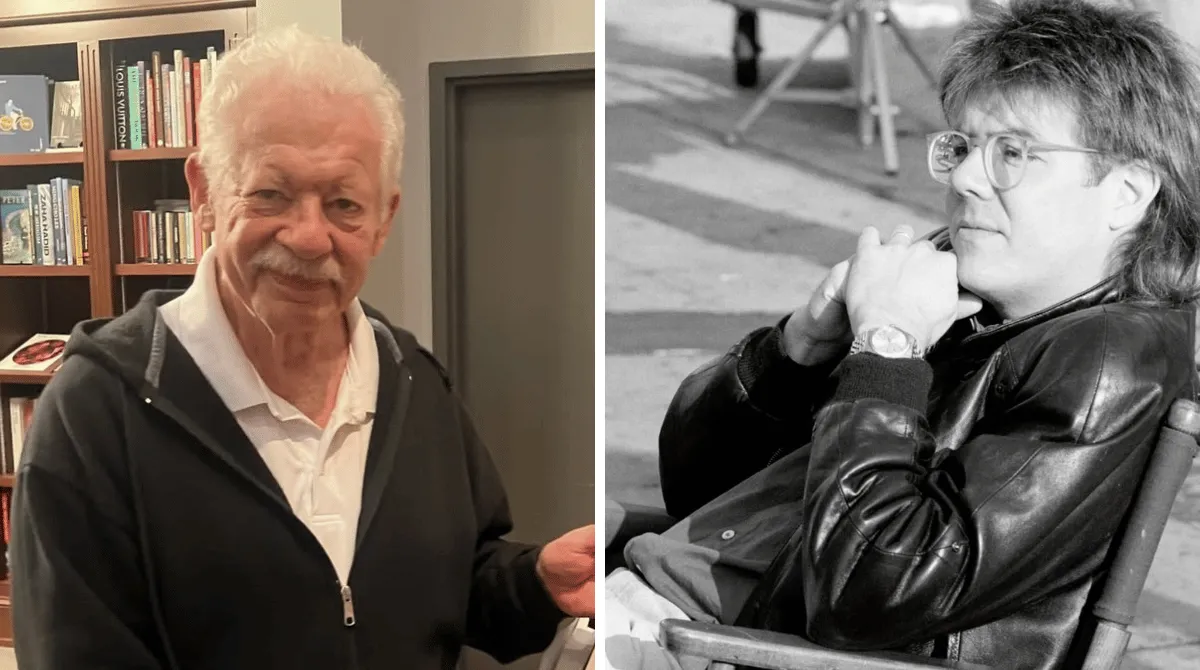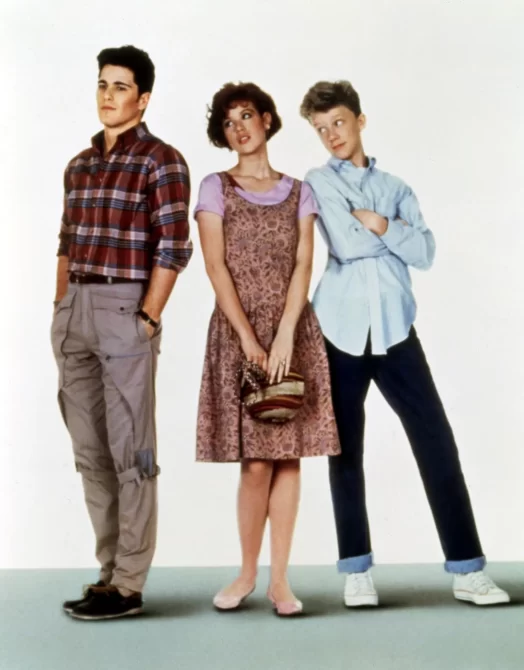
When you think of classic 80s films, the kind that made you feel something that stayed in your memory for years, The Breakfast Club is almost always part of the conversation. And behind the scenes of that cultural phenomenon was someone with a clear vision, someone who knew exactly what he was doing: John Hughes. He was one of the most influential writer-directors of the ’80s.
He wasn’t just making movies. He was building something great, and he was bringing people along with him. One of the producers of The Breakfast Club and author of Walking in the Fast Lane: Stories of a Lifetime, Andrew Meyer, recently opened up about just how intentional Hughes was in shaping the careers of the young actors we now call the Brat Pack (a group of young actors who frequently starred in coming-of-age films in the 1980s). And honestly, it’s the kind of story that makes you appreciate every scene just a little more.
John Hughes had it all mapped out from the start

Long before The Breakfast Club hit the big screen in 1985, John Hughes already had a plan. According to Andrew Meyer, Hughes showed up with presentations for not just one film, but for Sixteen Candles, Ferris Bueller’s Day Off, Home Alone, and more. He wasn’t thinking about the next step. He was thinking five steps ahead.
Meyer recalled being stunned by how prepared Hughes was. “He had planned five years of movies,” he said. “The fact that he had all these films lined up helped the actors ride along.” And it’s true, those actors didn’t just play roles. They became household names: Molly Ringwald, Judd Nelson, Ally Sheedy, Anthony Michael Hall, Emilio Estevez, and even Demi Moore in the broader Brat Pack circle.

He didn’t just create movies; he allowed people around him to grow
There’s something rare about a person who always knows what they want to do next. While many creatives work hop from project to project, hoping the next idea will come, John Hughes moved with certainty. “Nobody makes a movie a year,” Meyer said. “But he had it mapped out when I met him.”

This clarity in vision wasn’t just about speed; it was about depth. Hughes’ movies weren’t flashy or loud. They were human. He captured teenage anxiety, awkwardness, rebellion, and heart with such honesty that people still connect with his work decades later. He passed away in 2009 at the age of 59. And through it all, he made room for those around him to grow.
